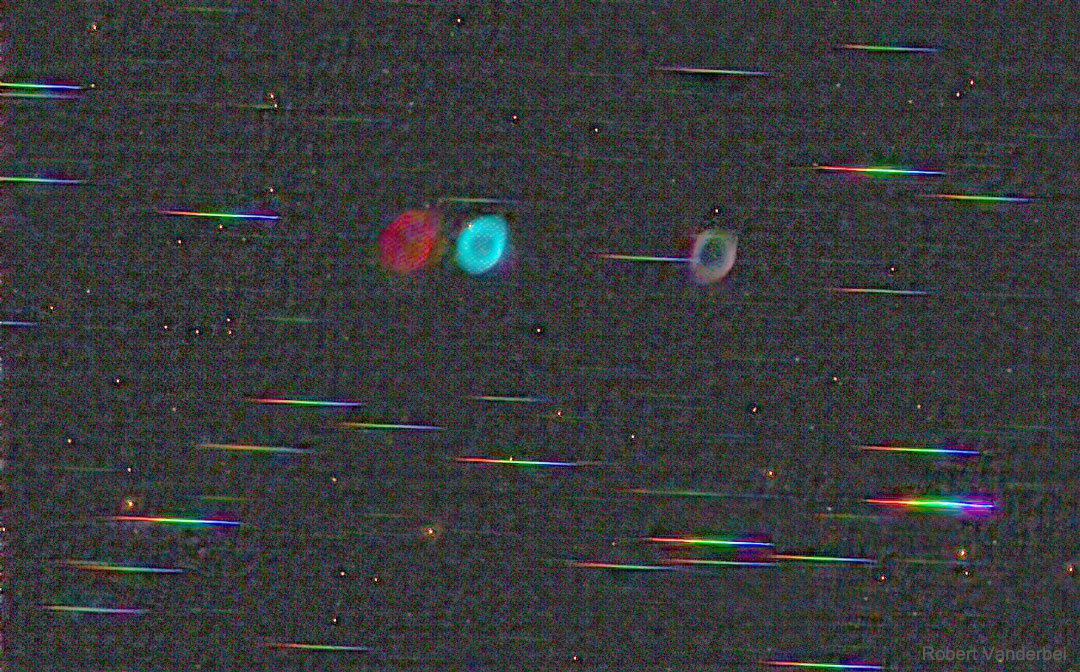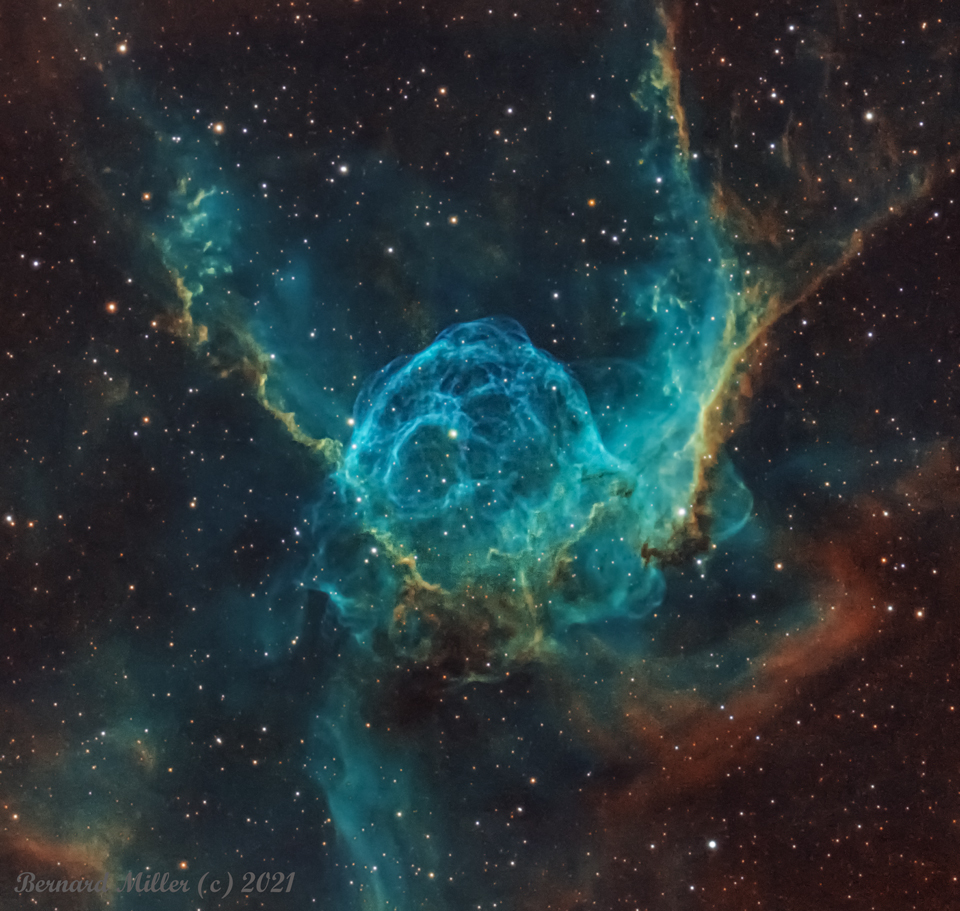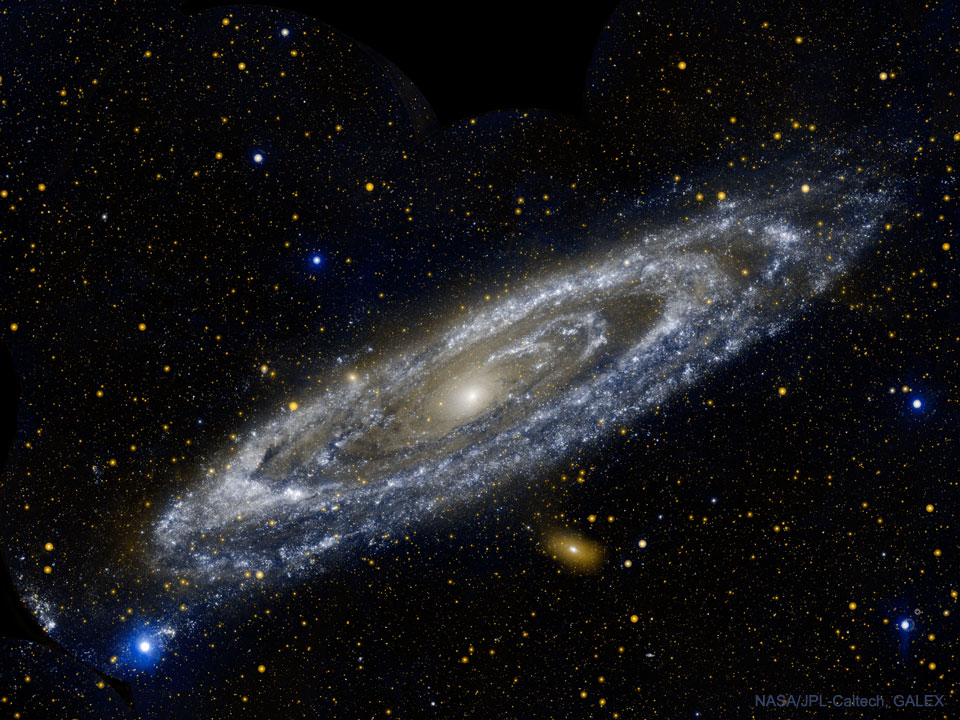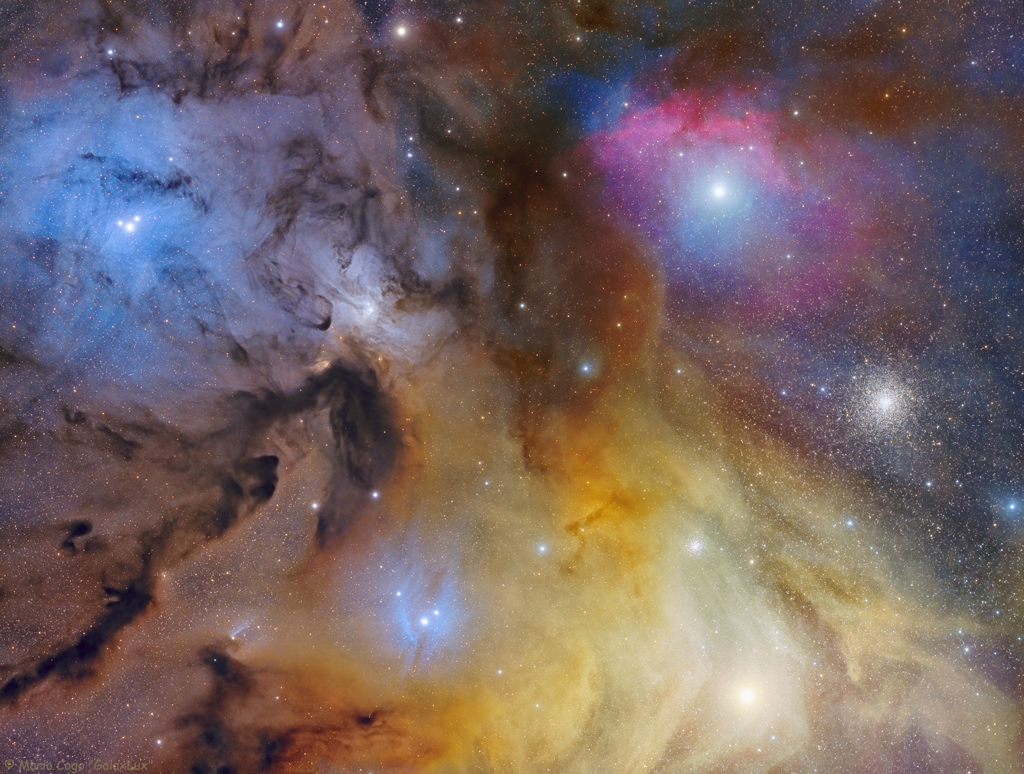
Colors: Ring Nebula versus Stars

240,000 Miles to the Moon
Thors Helmet

NASA Invites Media to Launch of Landsat 9 From West Coast
Media accreditation is open for the upcoming launch of the Landsat 9 satellite, a joint NASA and U.S. Geological Survey (USGS) mission that will continue the legacy of monitoring Earth’s land and coastal regions that began with the first Landsat in 1972.
from NASA https://ift.tt/36Nl5Xm
via IFTTT![]()
NASA Invites Media to Launch of Landsat 9 From the West Coast
Media accreditation is open for the upcoming launch of the Landsat 9 satellite, a joint NASA and U.S. Geological Survey (USGS) mission that will continue the legacy of monitoring Earth’s land and coastal regions that began with the first Landsat in 1972.
from NASA https://ift.tt/3ezLpZi
via IFTTT![]()
NASA Science Mission Directorate to Hold Town Hall Meeting
NASA’s Science Mission Directorate will hold a community town hall meeting with Associate Administrator for Science Thomas Zurbuchen and his leadership team at 1:30 p.m. EDT Thursday, July 22, to discuss updates to NASA’s science program and share the current status of NASA activities.
from NASA https://ift.tt/3xRbLh3
via IFTTT![]()
A Peek Inside the Orion Nebula
Framed by Trees: A Window to the Galaxy

The Andromeda Galaxy in Ultraviolet




